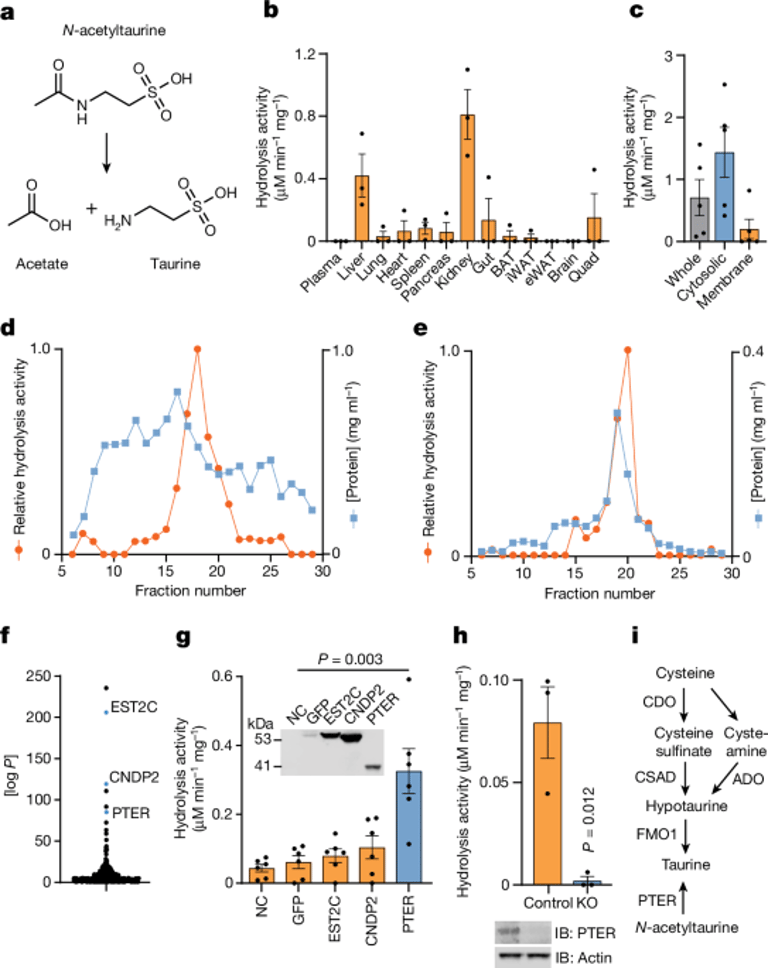Stanford Unveils New Pathway Linking Diet and Weight, Paving Way for Next-Gen Anti-Obesity Drugs
August 8, 2024
Stanford Medicine researchers have unveiled a new biochemical pathway linking diet and body weight, which could pave the way for a new class of anti-obesity drugs.
Published in Nature, the study highlights a relationship between the gene PTER and the amino acid taurine, which is associated with weight reduction and improved exercise endurance.
While previous research has connected various genes with body mass index in humans, the role of PTER had remained unknown until now.
Interestingly, the discovery that N-acetyltaurine actively participates in bodily processes was unexpected, as it was previously considered an inactive byproduct.
Mice lacking PTER accumulate N-acetyltaurine and exhibit increased sensitivity to taurine's anti-obesity effects, suggesting a connection between this metabolite and body weight regulation.
The gut microbiome may play a role in N-acetyltaurine production, as evidenced by a significant decrease in its levels in mice treated with antibiotics.
PTER knockout mice appear normal without obvious adverse effects, but understanding potential side effects is crucial for future therapeutic applications in humans.
The researchers plan to further investigate PTER and taurine metabolites in humans to better understand the molecular and genetic interactions of diet.
This newly identified pathway operates independently from existing weight loss drugs like Ozempic and Wegovy, suggesting potential for combined weight control strategies.
Supplementation of taurine has shown benefits, including reduced mitochondrial redox stress, enhanced exercise performance, and weight suppression.
Research from Jonathan Long's lab at Stanford Medicine opens new avenues for addressing obesity and metabolic disorders through insights into taurine metabolism.
The metabolism of taurine involves the conversion of cysteine into hypotaurine, which is then oxidized to form taurine, with several enzymes identified in this pathway.
Summary based on 3 sources
Get a daily email with more Science stories
Sources

Nature • Aug 7, 2024
PTER is a N-acetyltaurine hydrolase that regulates feeding and obesity
Phys.org • Aug 8, 2024
Study finds a new pathway connecting diet, genetics and body weight
Medical Xpress • Aug 8, 2024
Research illuminates benefits of taurine: Q&A with professor of pathology